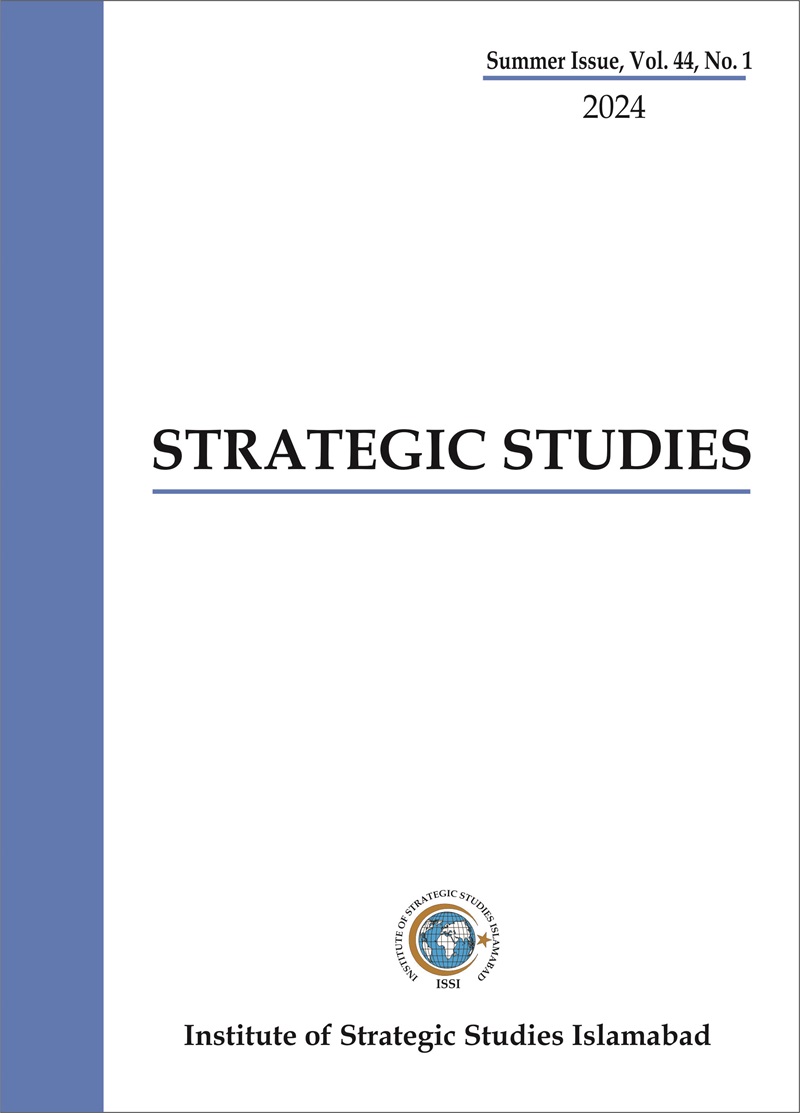Abstract
India has pursued the development and acquisition of a ballistic missile defence (BMD) system since the 1990s. Its indigenous system consists of a two-tier system that aims at intercepting ballistic missiles at higher and lower altitudes. It has also tried to acquire BMD systems or components from the US, Russia and Israel over the years. The development of ballistic missile defence by India challenges the very basis of deterrence. The concept of deterrence is based on mutual vulnerability. Ballistic missile defence disturbs deterrence by at least theoretically providing the Indian side protection against incoming ballistic missiles. Even though missile defence is not completely foolproof, it is costly, and at the moment only provides limited cover. Still it provides a false sense of security to the Indian leadership, making them act with belligerence in a crisis. Thus, it increases instability and deepens Pakistan’s security dilemma vis-à-vis India. The paper argues that BMD erodes the credibility of Pakistan’s nuclear deterrent. It also increases the balance of resolve in India’s favour in any crisis, whereby it is willing to take higher risk knowing that it would have protection from BMD if events spiral out of control. It leaves Pakistan open to Indian aggression, coercion, and even intervention. It also encourages preemption. Pakistan’s best option to counter the instability introduced by missile defence is to pursue a mix of qualitative and quantitative enhancements to its nuclear and missile forces.












